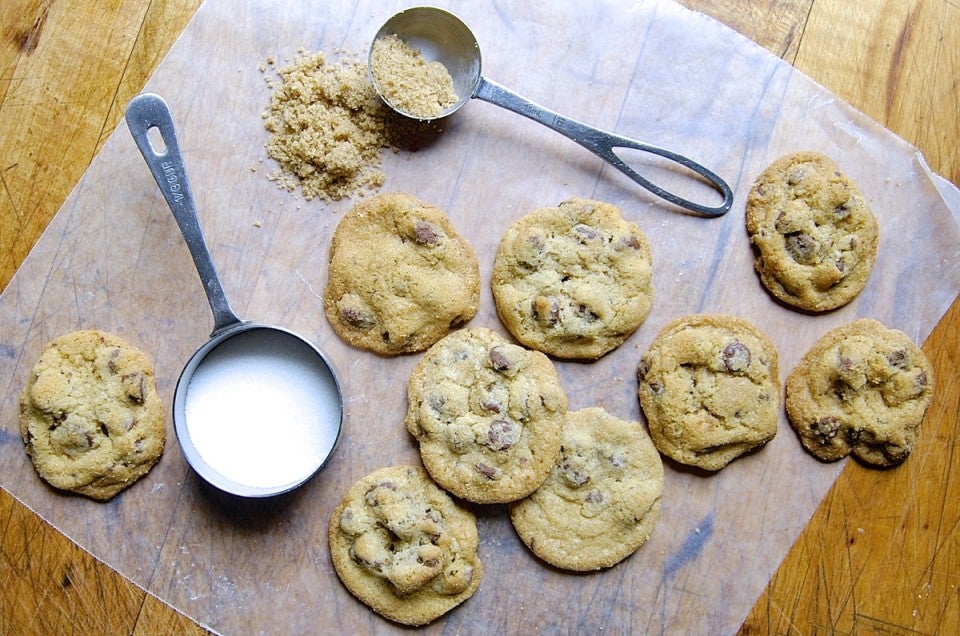


OK, how many of you out there say you want to cut back on the sugar in your baked goods? (But not, of course, on their flavor, texture, and overall yumminess.) Now, before you envision an endless battle between your conscience, willpower, and your passion for chocolate chip cookies, let me tell you: baking with reduced sugar can be... well, a piece of cake: so long as you know what you're doing.
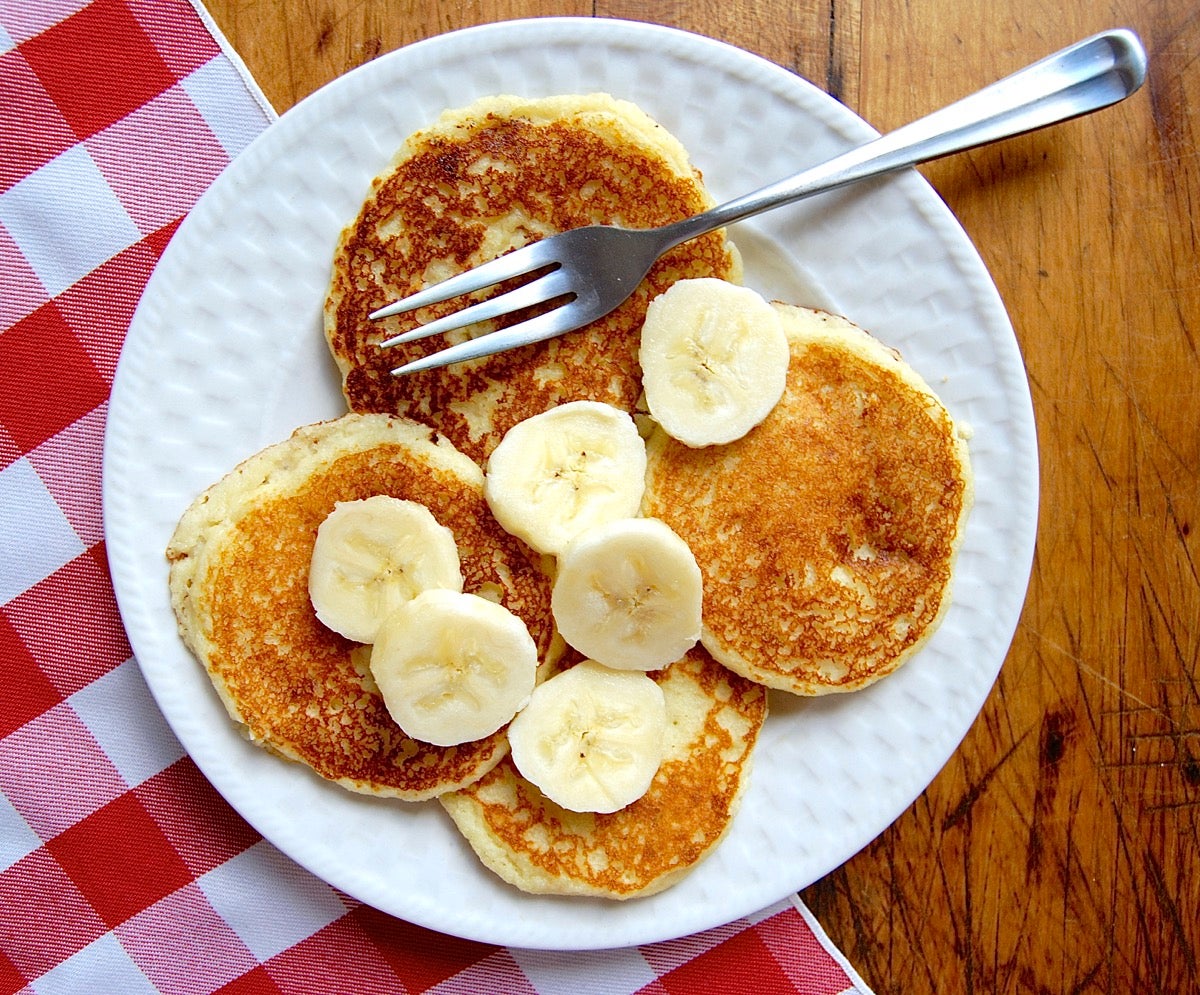
Most savory yeast breads include no sugar at all. Ditto some pancakes, biscuits, popovers, and other treats. Cutout cookies are generally lower in sugar than oatmeal cookies. Pie compared to cake? No contest; fruit pie is generally much lower in sugar than the typical cake. Read recipes carefully; compare their sugar levels using baker’s percentage (below). You’ll soon discover which recipes are naturally lower in sugar.
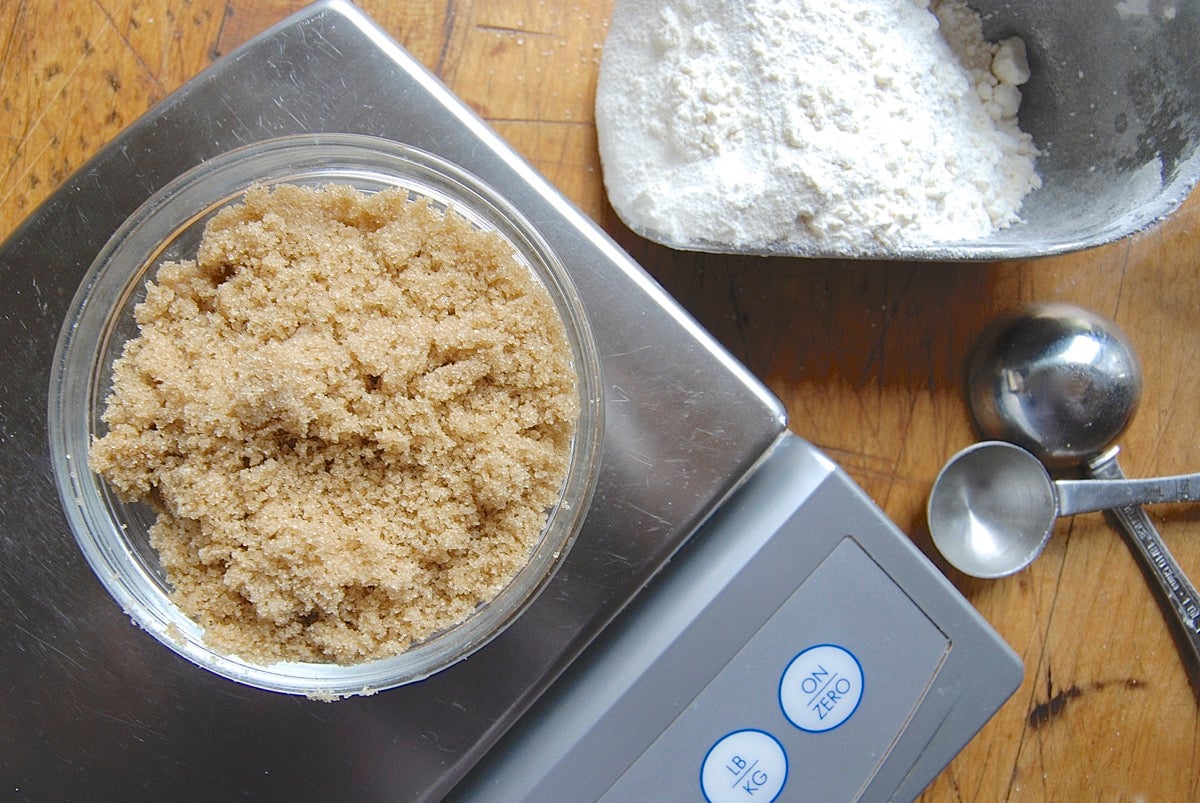
Baker’s percentage is a simple process professional bakers use to adjust ingredient amounts in a recipe. Want to lower the sugar in your muffin recipe, but don’t know how to start? Learn baker’s percentage, and you’ll avoid much of the guesswork involved in tweaking your recipe to taste.
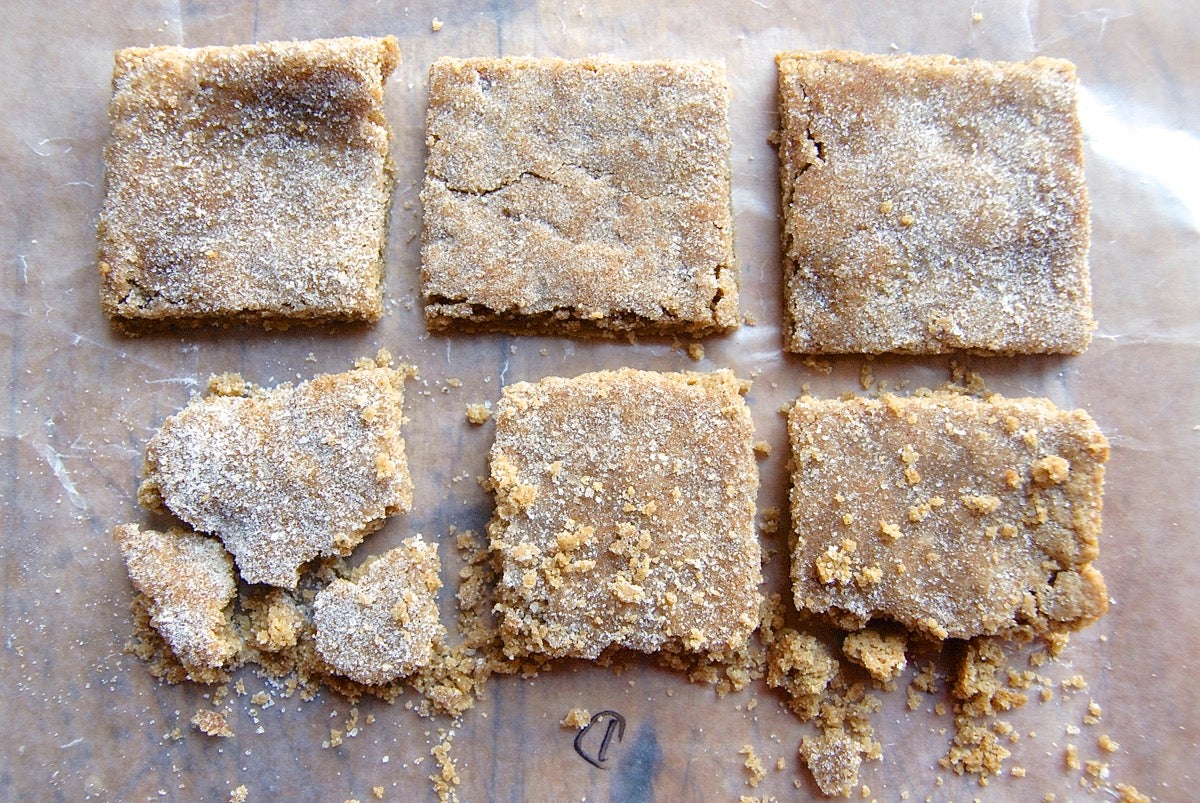
Sugar is hygroscopic; i.e., it attracts and holds water. Baked goods with sugar (and thus more retained water) tend to be softer, moister, and have better shelf life. The more you reduce sugar (without any other adjustments), the drier and more crumbly your baked goods will be — and the shorter their shelf life.
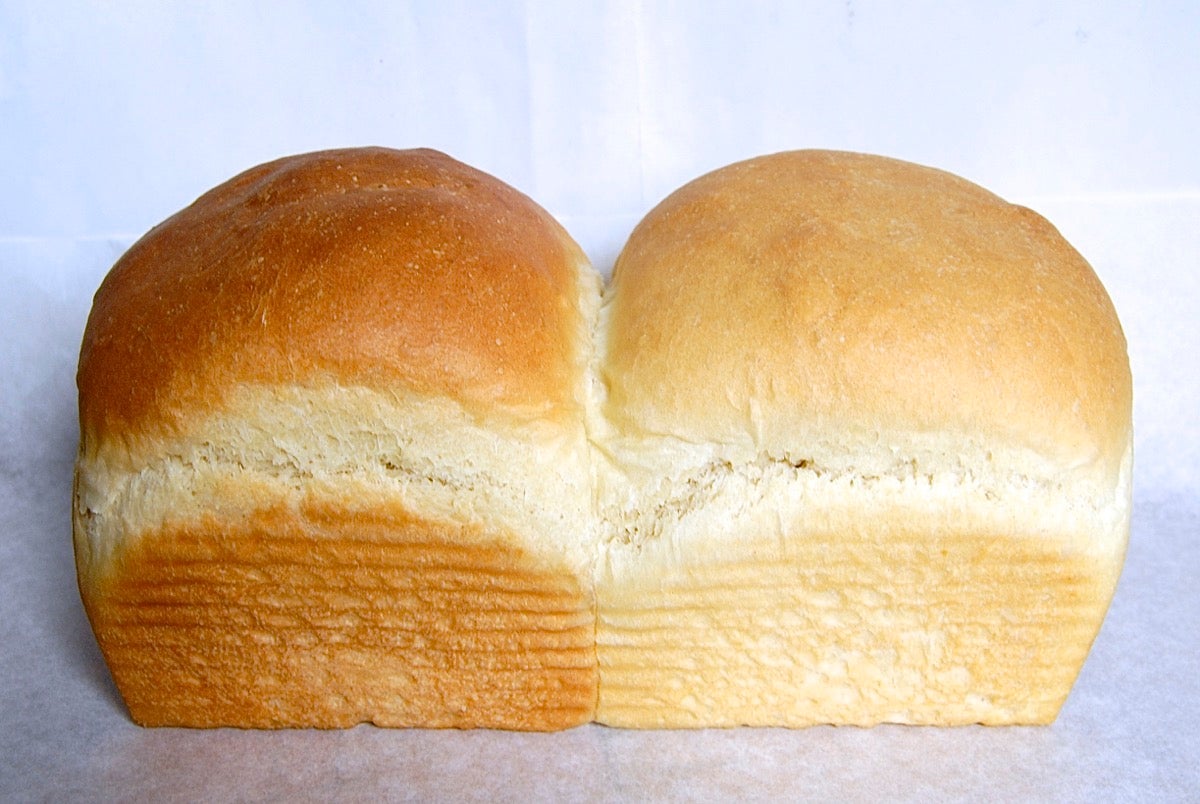
Caramelization and the Maillard reaction are two chemical processes that help baked goods brown; sugar is involved in both. Reduce the sugar in your baked goods, and you reduce their potential to brown. Remember that when assessing when to pull lower-sugar baked goods out of the oven: go by brownness alone, and you’ll probably risk overbaking.
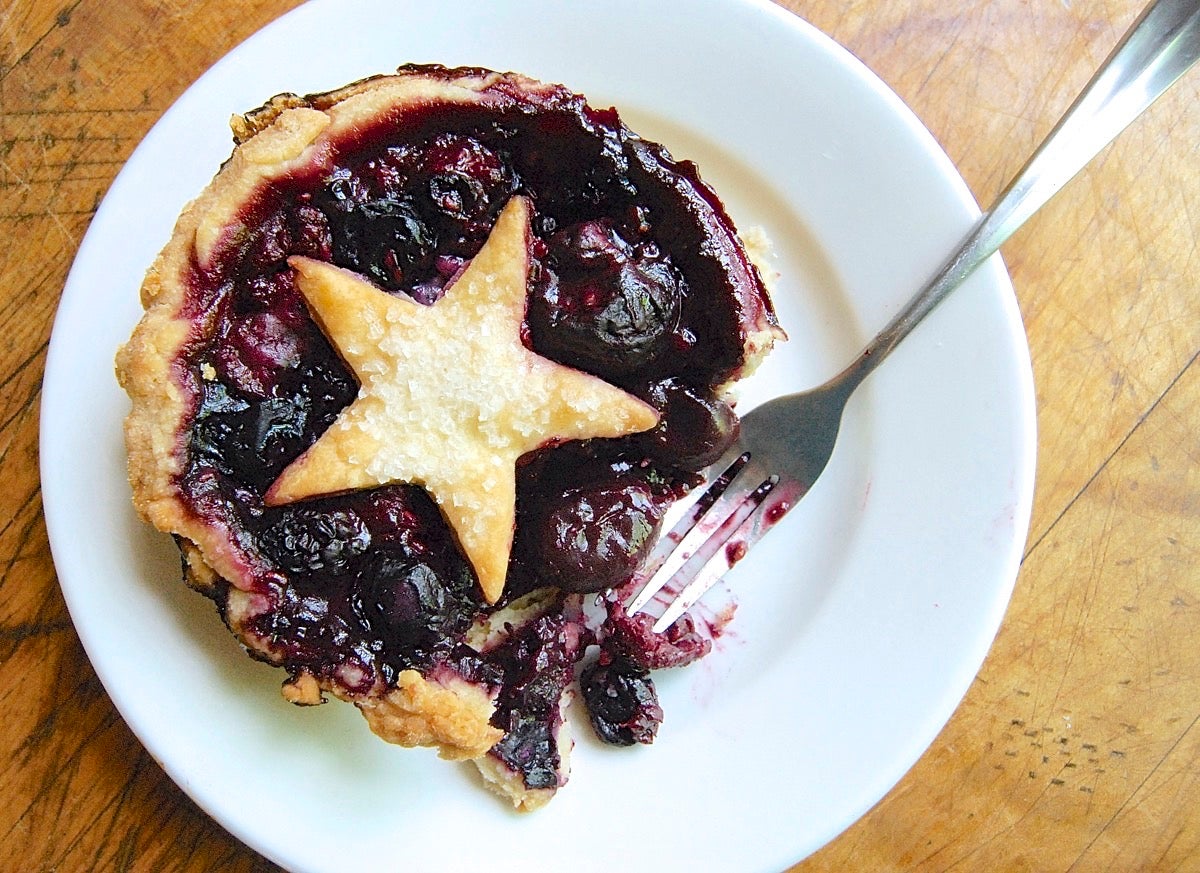
Baking with reduced sugar produces less-sweet treats, of course, but lack of sugar also tends to increase blandness as well. Like salt, sugar is a flavor enhancer. Reduce the sugar in your chocolate chip cookies, and the flavors of butter, chocolate, and vanilla will all be less apparent.
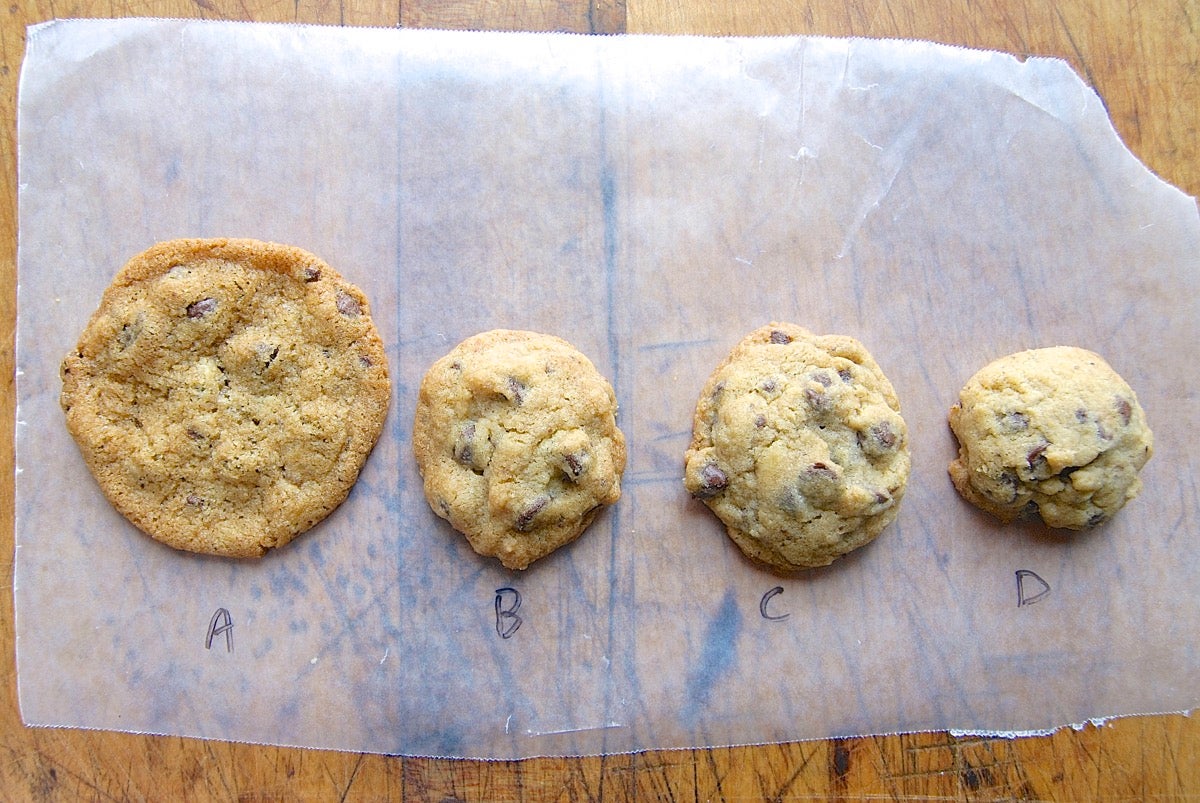
Sugar attracts and holds water in cookie dough; but during baking, it releases that water, absorbing it once again as cookies cool. The result? Balls of cookie dough spread and flatten as they bake. The less sugar you use, the less cookies will spread.
In addition, think of sugar in its normal state: it’s crunchy, right? Sugar helps produce crunch in cookies; so lower-sugar cookies will be cakey and crumbly, not crisp. Of all the baked treats you enjoy, successfully reducing sugar in cookies is probably the toughest challenge.
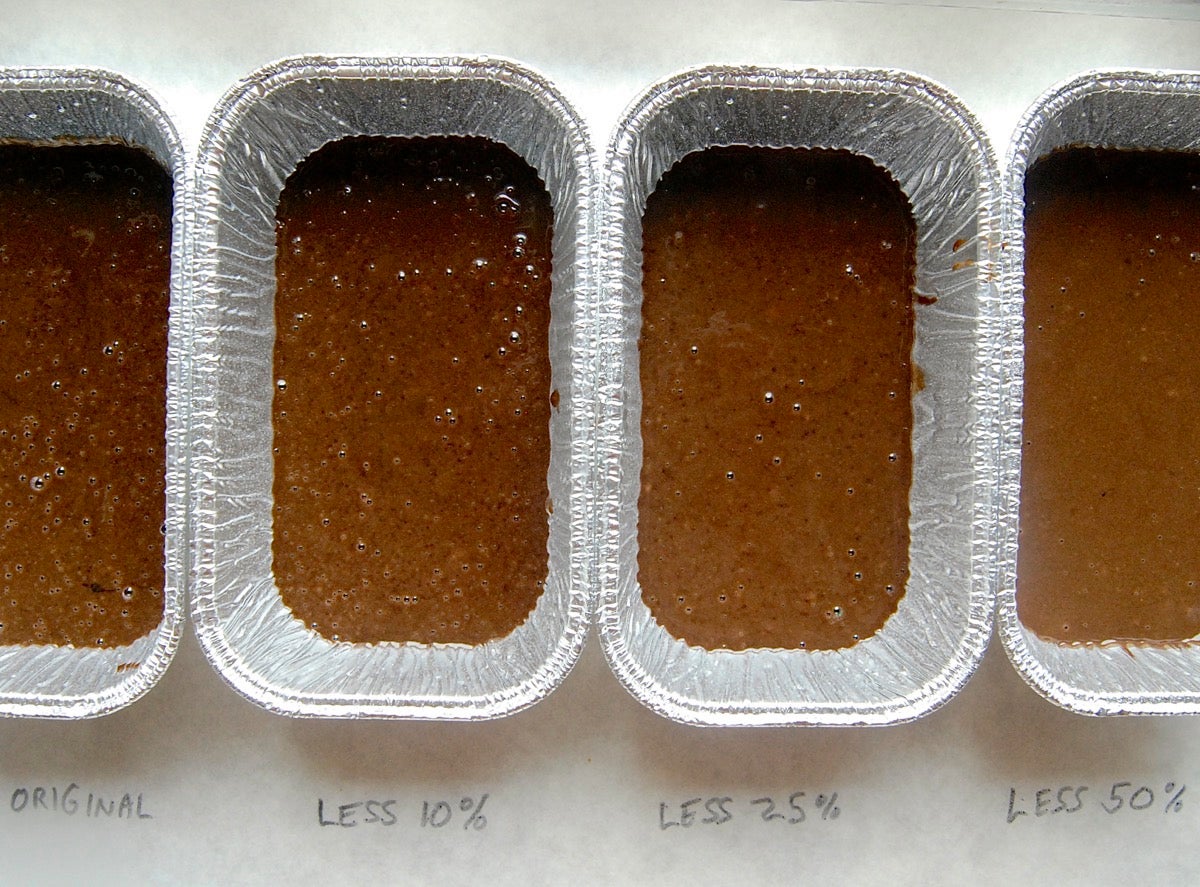
It's not a good idea to reduce the sugar in brownies, chocolate cake, and other treats to the same degree you do in non-chocolate baked goods. A certain amount of sugar is necessary simply to balance cocoa’s bitter flavor; reduce the sugar too much, and that bitterness comes through in an unpleasant way.
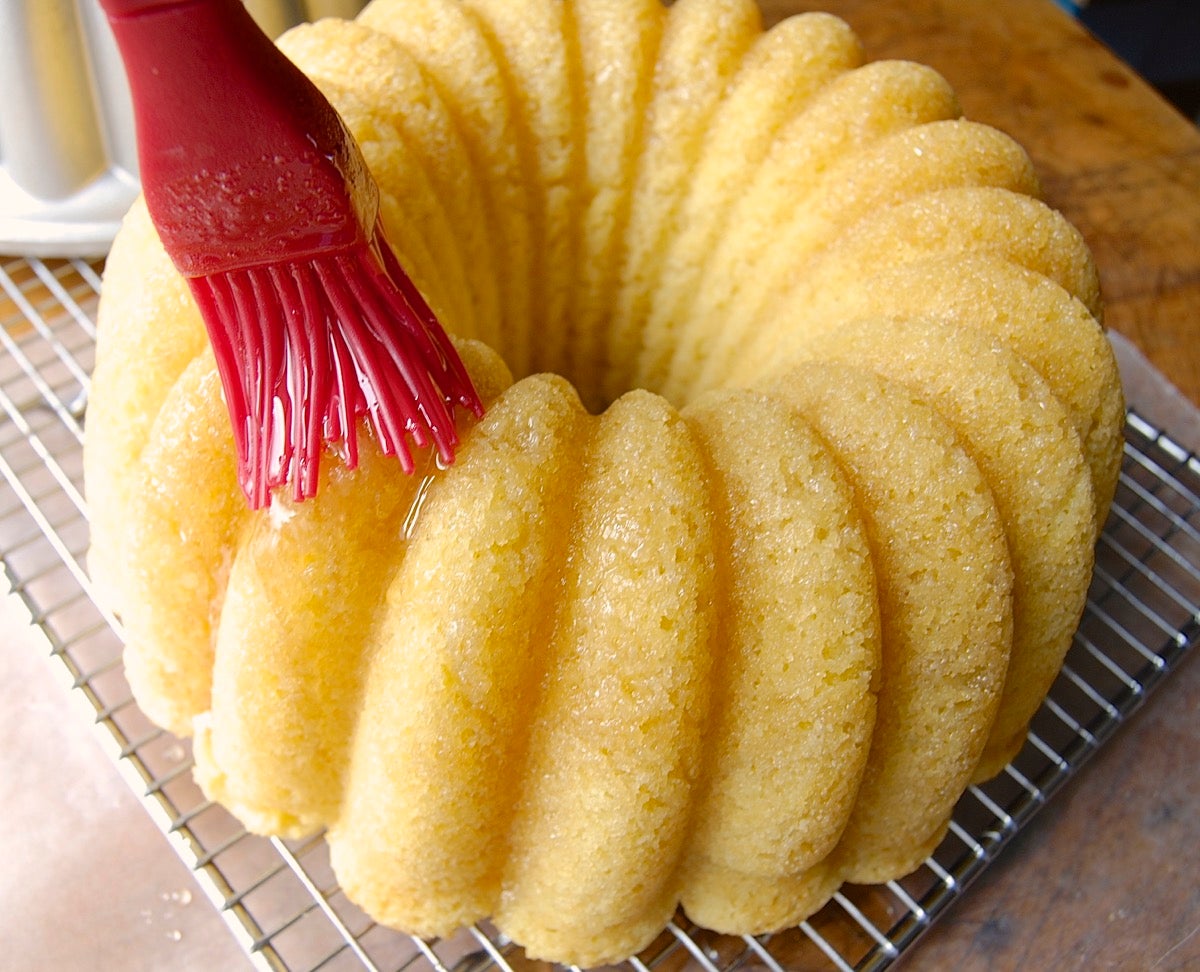
Sprinkle sparkling sugar atop muffins before baking; glaze scones with a confectioners’ sugar drizzle; brush vanilla-enhanced simple syrup atop a baked cake. That immediate, strong hit of sugar in each bite helps disguise the fact there’s less sugar in what’s underneath.
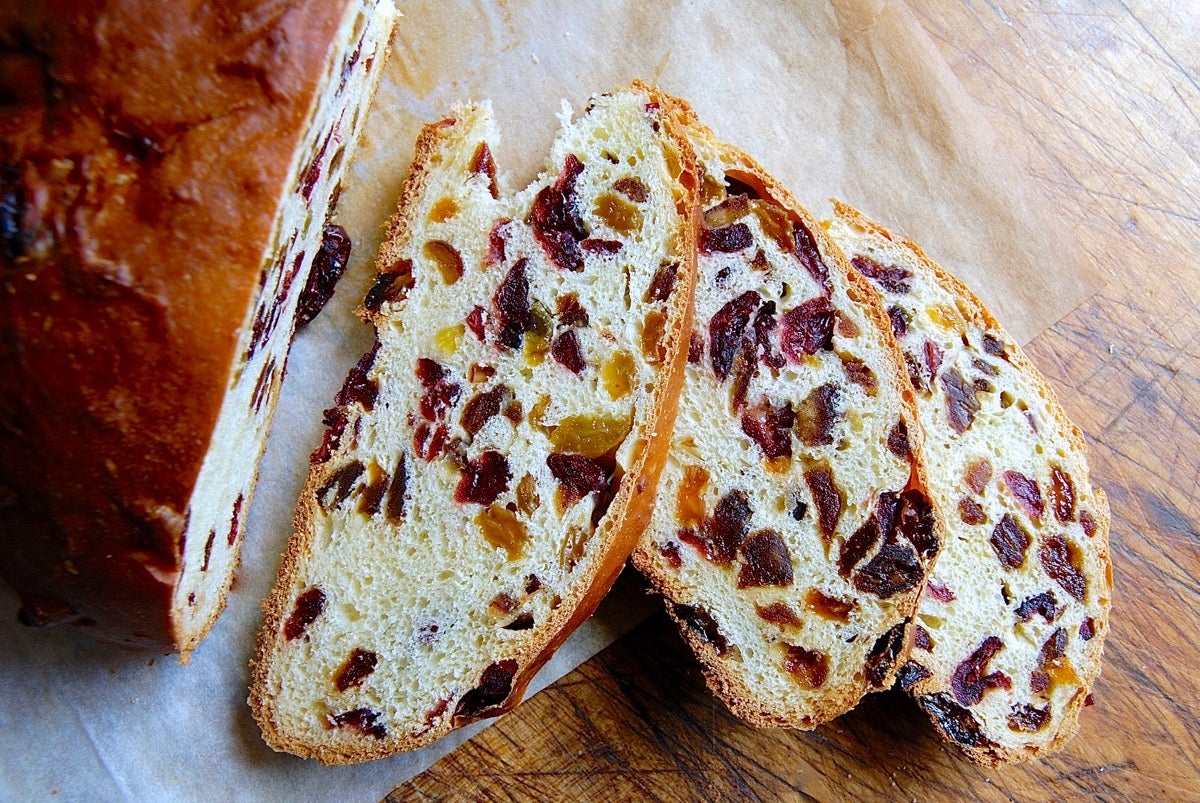
The sugar in fruit (fresh or dried) comes in a package with other nutritional attributes: beta-carotenes, perhaps, or fiber. The sugar you bake with — granulated, light brown, et. al. — is nutritionally empty. Adding fruit to baked goods, when appropriate, is a good way to balance the sweetness you lose by reducing added sugar.
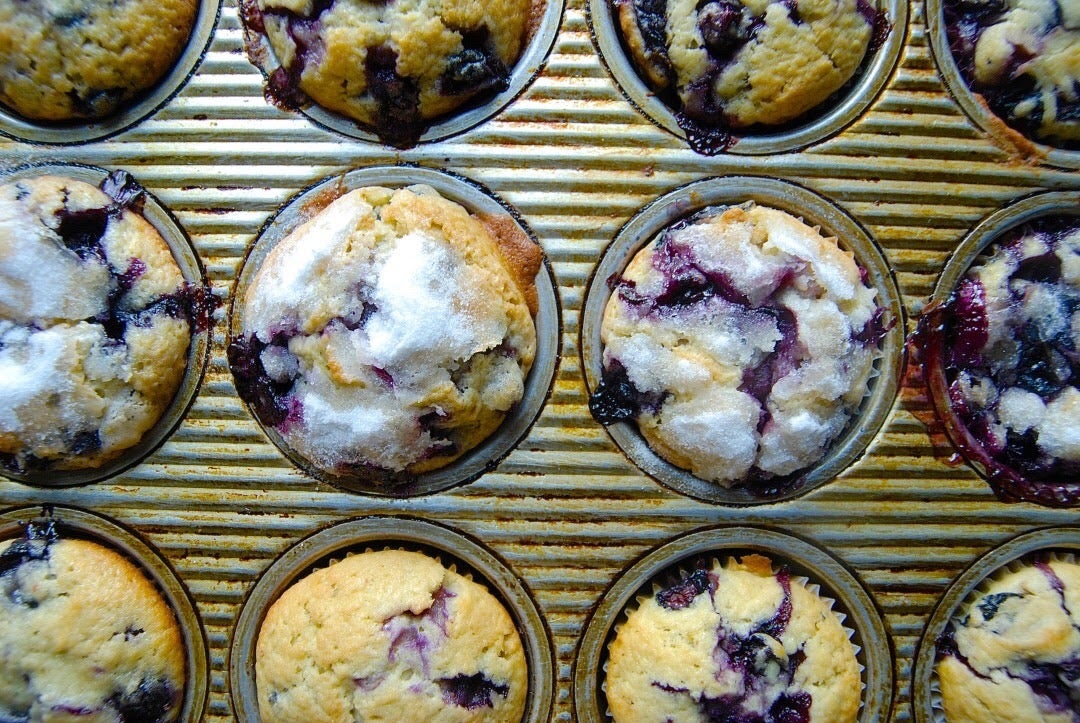
There’s no hard-and-fast formula for baking with reduced sugar that will cover every single thing you bake. Take what you know, apply it to your favorite recipe, and see what happens. The more you experiment, the more comfortable you’ll be tackling new reduced-sugar challenges.
Now, let's get specific here. Cookies, cake, muffins... each type of baked good reacts a bit differently to reducing its sugar. For the details, see these posts:
How to reduce sugar in cookies and bars
How to reduce sugar in cake
How to reduce sugar in yeast breads
How to reduce sugar in pie
How to reduce sugar in muffins
Do you reduce the sugar in your favorite recipes? Please share your favorite tips in comments, below.

